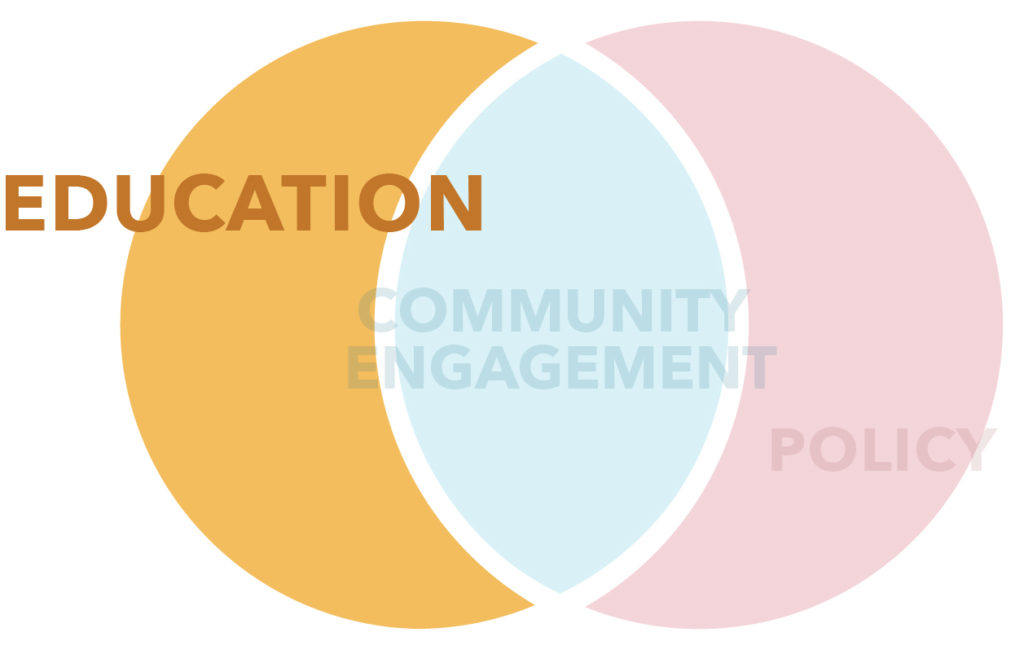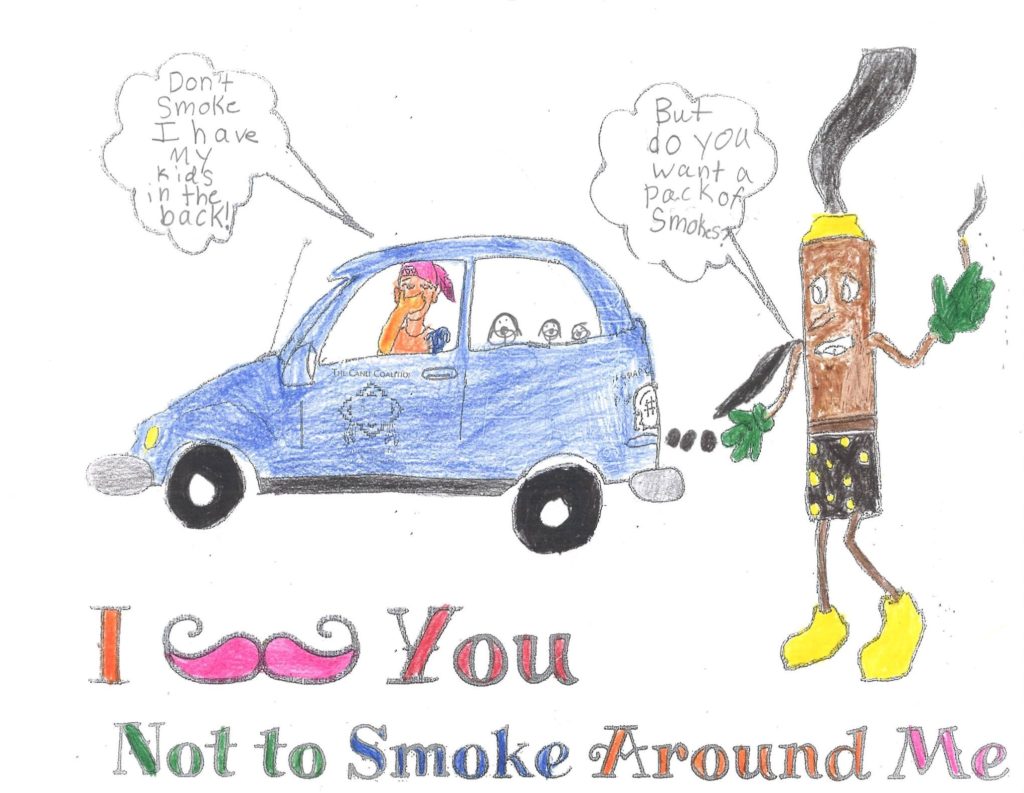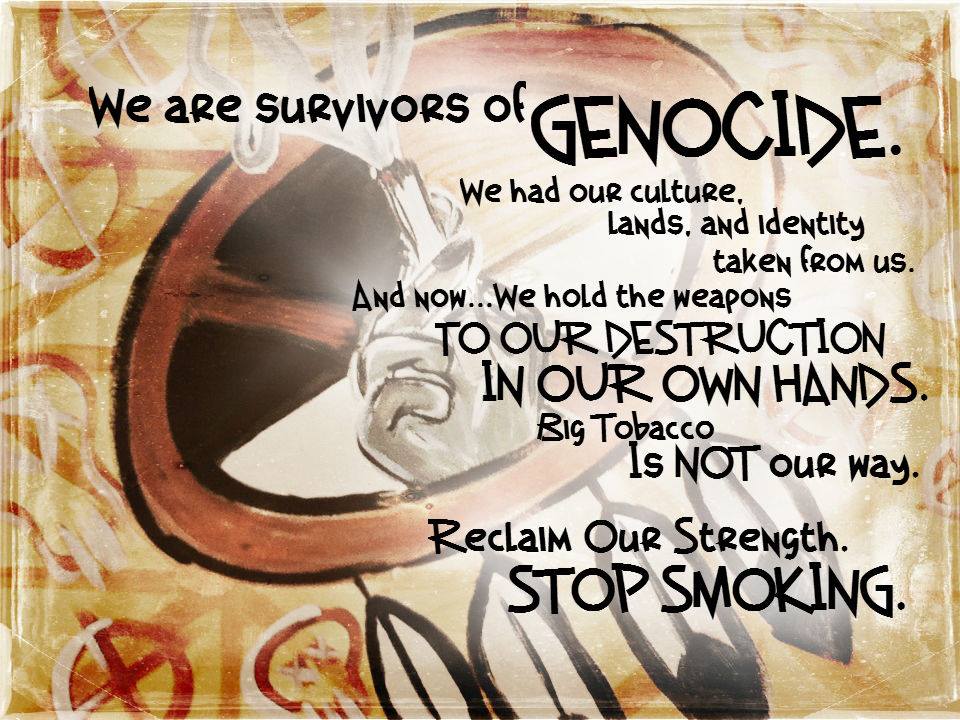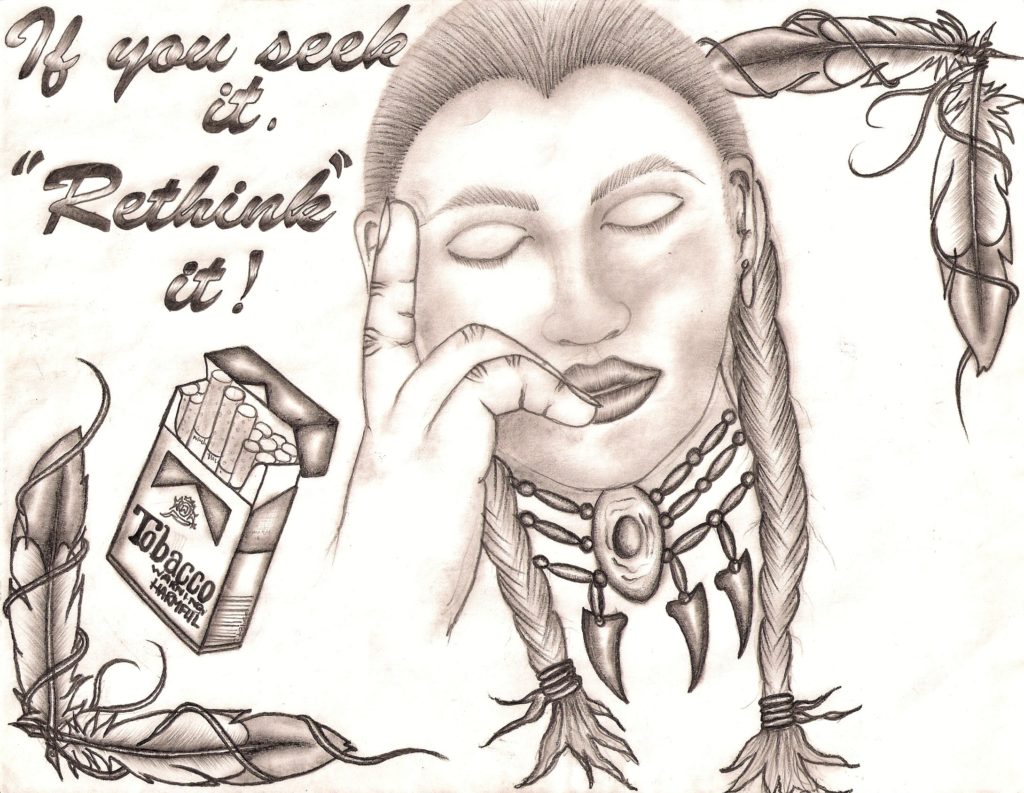Contests can be used to educate members of a community you normally might miss. Contests also serve as a mechanism to gather educational materials and messages to disseminate in your community. Remember, the more the community understands, the more invested they’ll become in the issue.

Planning
- Determine what your goals are for the contest (e.g. educate participants, collect local art/media, etc.).
- Choose a contest type and theme that suits your goals (see the hints below for more context).
- Coloring contest
- Video contest
- Open media contest
- Social media contest
- Set your rules, prizes, and a deadline.
- Recruit sponsors for prizes, such as gift cards, t-shirts, and swag. See Give-Aways (Local, State or National Resources or Wearables & Shareables) for more ideas.
- Promote your contest. See an example from the Čaŋlí Coalition.
- Judge entries and select winners.
- Publicize winners on social media or in the newspaper.
- Put the winning entries to work! Visual winners can be used for posters, billboards, window clings, flyers, signs, or logos. Audio winners can be used on the radio, or turned into a video for social media.
Resources
- Hawaii’s 808 No Vape campaign held a video contest “by and for youth” that resulted in amazing and hilarious videos that educate youth on vaping.
Follow-up
- What is the best way to use/share winning entries?
What if?
You don’t get as many entries as you hoped for.
- Extend the deadline and re-advertise. You might also consider a better prize.
Hints
- Coloring contests
- Speech/thought bubbles are a great way to let the students express their ideas.
- If you’re on a budget, email a pdf of the page to schools and ask them to print the pages and distribute to teachers.
- Include educational information relevant to your topic on the back of the coloring page or in a separate handout for an adult to discuss with children.
- Video contests
- Set a time limit that works for you. Keep in mind that a lot can be communicated in a 30-60 second video.
- Reach out to schools to find out if any classes are teaching video editing. Many teachers love projects like this for students.
- Provide accurate data for them to draw inspiration from and to avoid old or unreliable data sources.
- Social media contests
- Challenge people to take selfies or photos with the billboards/banners and post to your social media page with a catchy hashtag (e.g. #NoCanliForMe or #IamTobaccoFree).
- Open media contests
- Expect drawings, photographs, videos, graphic design, poetry, music, etc.
- In general, never promise to return entries to participants. Make it clear in the required media release form that submissions will not be returned and that participants authorize reproduction of their entry.
Čaŋlí Coalition Example
We challenged local youth to create a 60 second video on tobacco prevention and control. See the winning video about keeping tobacco sacred on our Facebook page.

To include cultural lifeways, we… encourage incorporation of Lakota language, humor (coloring contest with a rez car), images (medicine wheel), and values (protect mother earth) in contest entries.


